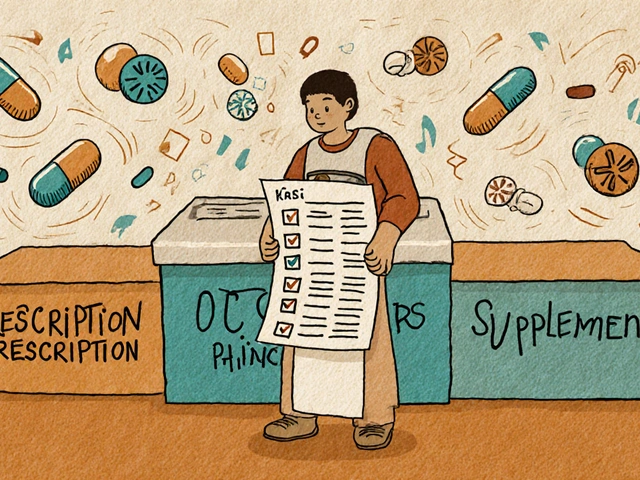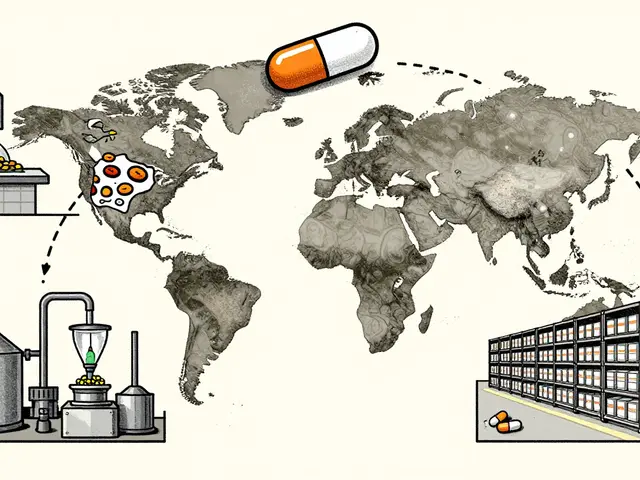Granisetron: What It Is, How It Works, and Where to Get It Cheap
If you’ve ever felt sick after chemo or surgery, you know how miserable nausea can be. Granisetron is a medicine that blocks the body’s nausea signal, making the whole experience a lot easier. It belongs to a class called 5‑HT3 antagonists – basically, it stops serotonin from triggering the vomit center in your brain.
Doctors prescribe granisetron for two main reasons: preventing nausea and vomiting caused by chemotherapy, and keeping you comfortable after an operation. It works fast, usually within 15‑30 minutes, and its effects can last up to a day, so you often only need one dose before treatment.
How to Take Granisetron – Dosage Tips
Granisetron comes in a few forms – tablets, an injectable solution, and a skin patch. For chemo patients, the typical oral dose is 1 mg taken about an hour before the infusion. Some doctors give 2 mg if the treatment is especially strong. The injection is given by a nurse right before chemo starts, and the patch sticks on the skin for up to 24 hours, releasing a steady dose.
Always follow your doctor’s exact plan. If you miss a dose, take it as soon as you remember unless the next scheduled dose is only a few hours away – then skip the missed one. Don’t double up.
Side Effects, Interactions, and Safety Notes
Most people tolerate granisetron well. The common side effects are mild and include headache, constipation, and a bit of dizziness. A small number of folks feel a rapid heart beat or low blood pressure, so call your doctor if you notice anything weird.
Granisetron can interact with certain heart medicines and other drugs that affect serotonin, like some antidepressants. If you’re on carbamazepine, phenytoin, or any anti‑seizure meds, tell your prescriber because they can lower granisetron’s effectiveness.
Pregnant or nursing mothers should only use granisetron if the doctor says the benefit outweighs any risk. It’s not known to cause birth defects, but the data are limited.
Finding Affordable Granisetron
Brand names like Kytril and Granix can be pricey. The good news is that generic granisetron is usually much cheaper and works just the same. In Australia, you can get a PBS (Pharmaceutical Benefits Scheme) subsidy if your doctor writes a valid prescription, which knocks a big chunk off the price.
If you’re shopping online, stick to reputable pharmacies that require a prescription and have clear contact info. Look for sites that list the Australian Business Number (ABN) and show they’re accredited by the Therapeutic Goods Administration (TGA). Avoid any “no‑prescription needed” offers – they’re often unsafe.
To stretch your budget further, ask your doctor about splitting the dose or using the patch instead of tablets if it’s cheaper for you. Some pharmacies also offer 30‑day supply discounts.
Bottom line: granisetron is a solid choice for keeping chemo‑induced or post‑op nausea at bay. Knowing the right dose, watching for side effects, and buying the generic version can save you money without sacrificing relief.

Kytril (Granisetron) Guide: Uses, Dosage, Side Effects & Safety Tips
Learn what Kytril is, how it works, proper dosing, common side effects, drug interactions, and safety considerations for patients and caregivers.

10 Alternatives to Vibramycin You Should Consider
Jan, 31 2025



